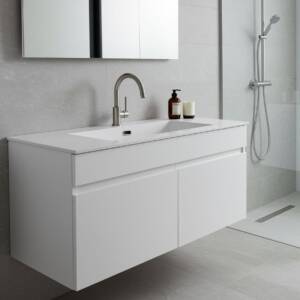Kitchen Cupboards vs Cabinets: What’s the Difference?
In Australia, the terms kitchen cupboards and kitchen cabinets are often used interchangeably — and it’s easy to see why. Both describe essential kitchen storage that keeps everything organised and out of sight. Yet when it comes to design and…



